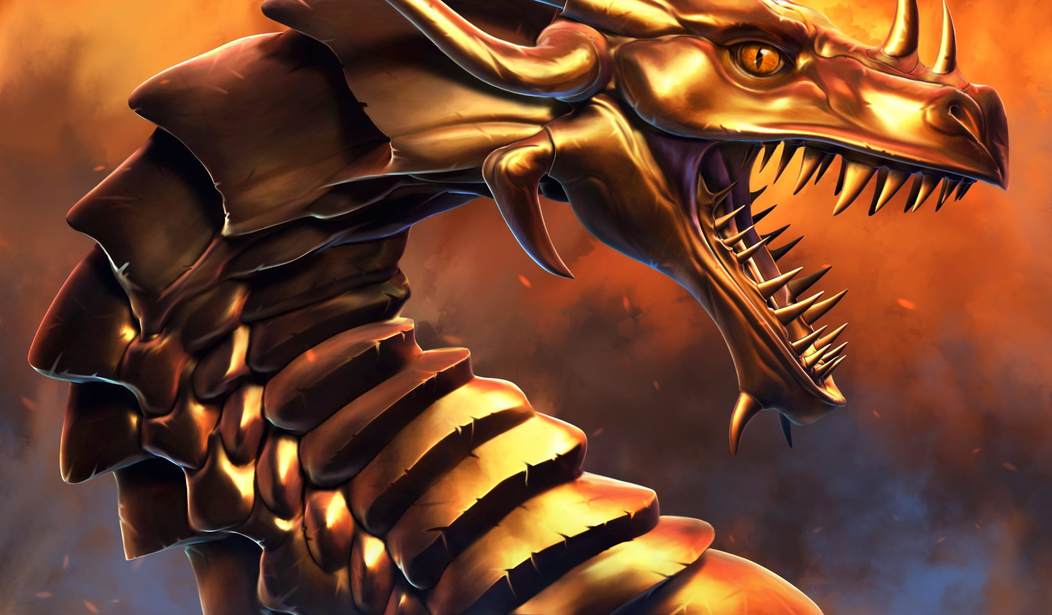Some English translations of the Bible mention unicorns, cockatrices, flying fiery serpents, dragons, and a mythical creature known as Rahab. Skeptics have sometimes used this as proof that the Bible cannot be taken seriously. Does the Bible actually teach that such creatures exist? I will comment on the issue of the supposed unicorns, cockatrices, and fiery serpents in another article, but for now I’ll just deal with the creature Rahab.
Ancient Near Eastern literature (Ugaritic, Akkadian, Sumerian, Babylonian, etc.) does speak of a mythical creature called Rahab, a large coiling serpent who assists in the birth of creation. And the Old Testament does refer in some places to this mythical Rahab (not to be confused with Rahab the prostitute in Joshua 2). The Old Testament mentions it in Job 9:13-14; 26:11-14, Psalm 87:4; 89:9-10, Isaiah 30:7; and 51:9-10. But does this mean that the authors of the Old Testament believed that this creature actually existed?
No. Supposedly Rahab had a part in the creation of the world. The Bible is consistently clear that only God is the creator (Isaiah 37:16; 44:24; 45:18, et al). It is not about to say that God shares His creative glory with some mythical coiling serpent.
Also, today we sometimes lace our language with references to mythology. The British have been known to say, “By Jove,” but I doubt that they have believed in the Jove/Jupiter of ancient Rome for a long time. Because I use Cupid or Medusa or Cyclops or Thor in a reference, does that mean I believe in such characters? Hardly.
Even the days of the week are named after Norse gods, but I haven’t seen any temples to Odin (“Woden’s Day” became “Wednesday”) or Frigg (“Friga’s Day” became “Friday”) lately. So, just because the name is mentioned does not mean that the authors believed the reference was real.
“Rahab” in Hebrew is a somewhat fluid term. It can mean either “proud” or “storm.” It is a negative term about destructive forces. The Old Testament consistently uses “Rahab” in a negative way about the forces arrayed against Yahweh and His almighty victory over them.
The literature in Job, Psalms, and Isaiah is poetry — not prose — so it abounds with symbolic language. In the references in Job the text is simply saying that the “proud” (as Rahab is translated in the New King James Version) will not stand against God. The mightiest storm is nothing to Him.
If you want to translate “Rahab” as some mythological serpent attacking the people of God–fine. It would not change the meaning in Job 9:13 at all, because the passage is a polemic argument against the stories the pagans believe. It is saying that the mightiest creatures the pagans can dream up are as nothing to Yahweh, the only true God.
Next Page: But what about the references in Psalms and Isaiah?
What about the references in Psalms and Isaiah? In Psalm 87:4 and 89:9-10, the authors are using “Rahab” as symbolically referring to Israel’s enemies: Babylon, Tyre, Ethiopia, Philistia. In the Isaiah passages, “Rahab” is used the same way to refer to Egypt. The prophet Isaiah in 30:7 mocks Egypt by giving that nation the name “Rahab-Hem-Shebeth” (“Rahab sits idle”).
In other words, Egypt is just as powerless before Yahweh as the mythical creature. All these passages are saying is that all the powerful threats of God’s enemies are like fairy tales to Him. Just as Rahab is nothing so Israel’s enemies are nothing and will be swept away.
None of these passages say that the ancient Israelites actually believed in the characters of pagan literature. Instead, they lifted the references from their neighbors, and used them as symbols for the evil that Yahweh would ultimately defeat.









Join the conversation as a VIP Member